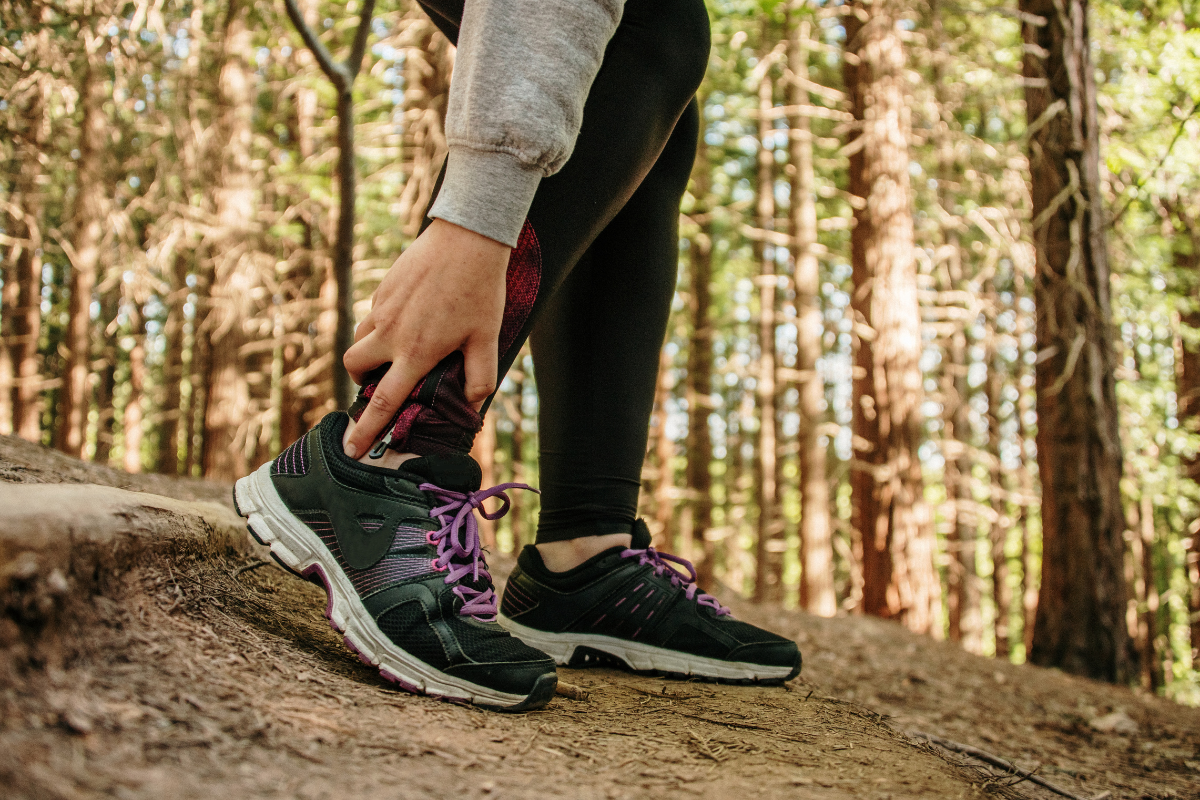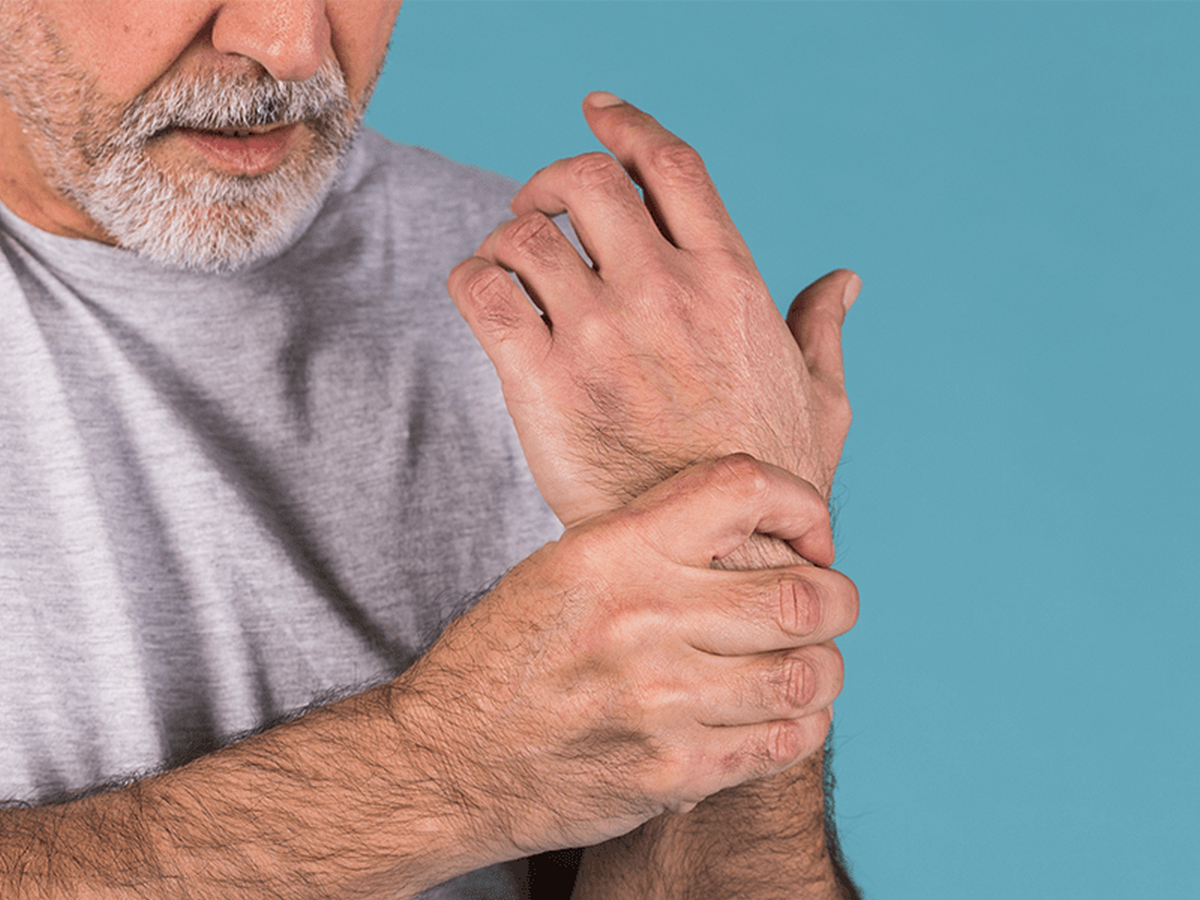Gout & Walking: Is it a safe combination?

Many people suffering from high uric acid wonder if they should stop exercising in order to avoid an additional burden on the joints. But what is true in reality? Can even basic exercise, such as walking prevent a gout attack?
Table of Contents
What is uric acid?
Uric acid is a byproduct of the body, which when it is high in the blood, may cause health issues, such as gout. [1]
Specifically, it results from the digestion of foods rich in purines. Purines (adenine and guanine) are found in all living organisms and are an integral part of life, if one considers that they are part of the DNA.
Purines are found in foods such as:
- fish
- meat (liver, poultry, pork)
- the yoghurt
- alcohol (beer)
How do we understand high levels of uric acid?
Uric acid levels in our body can easily be tested with a blood test. However, there are some signs and symptoms that may make one suspect high uric acid levels.
First, we should mention that if uric acid increases in the blood, then a condition called hyperuricemia is occured. The result of this is the formation of crystals (uric acid), which accumulate in the joints resulting in gout, or in the kidneys resulting in the formation of kidney stones.
Gout symptoms appear suddenly and often this happens during the night. These include:[1] [2]
- “Burning” sensation in the big toe: this symptom can even wake someone up during his/her night’s sleep.
- Itching and tingling in a joint: occurs about 2 hours before the onset of pain or other symptoms.
- Joint pain: located in the knees, elbows, ankles, fingers, and even the heel and is most intense within the first 4-12 hours of onset.
- Redness and swelling in the joint: due to inflammation, the affected joint becomes red, warm and visibly swollen.
- Reduced mobility in the joint: this is a symptom of a more progressive form of gout. At this point, the condition has worsen and the joints have been affected to a greater extent.
Does exercise help with uric acid?
Research shows that physical activity that is joint-friendly (doesn’t put too much pressure on the joints) and minimizes the risk of injury is not only legitimate but imperative to control gout.
Experts recommend exercising about 150 minutes a week (ie at least 2.5 hours in total, ideally half an hour daily) and engaging in activities such as: [3][4]
- walking
- swimming
- cycling
How is walking related to uric acid?
Newer studies prove that:
- Weight control primarily reduces joint stress, which helps people with gout.
- Fat carries more uric acid than muscles. Therefore, because exercise reduces body fat, uric acid levels in blood also fall.
- Moderate exercise reduces insulin resistance, which is also responsible for gout flare-ups.
- Restores joint mobility and flexibility after a gout flare
What do we do in a gout crisis?
Here is something very important that should in no way be confused with what was mentioned above:
It is better not to exercise during a gout attack, but after this passes. In particular, in this acute phase, increased stress/mobility of the joint would exacerbate pain and inflammation.
Therefore, in a gout flare it is recommended: [5][6]
- Relaxation
- Topical ice therapy: cold compresses on the joint relieve pain and reduce inflammation.
- Elevation of the legs: usually on a pillow (if the pain is located in the joints of the lower limbs).
- Hydration: when you are dehydrated your uric acid levels may rise even more.
- Try not to cover the affected joint during the night.
- If the pain persists, then your doctor may prescribe an analgesic and anti-inflammatory medication for more immediate relief.
How do I return to exercise after a gout attack?
After a gout flare it is important to return to your daily exercise, without burdening the affected joints. Specifically:[4]
- Avoid high-intensity exercise as it may trigger a new gout episode
- Include exercise, such as swimming or walking, in your schedule.
- Wear comfortable shoes. As mentioned, this condition often affects the big toe. Choose shoes that will facilitate walking and will not affect the alignment of the feet.
- Stretch the joint often, especially after a gout attack.
Which doctor to see for gout?
In any case, if you feel an acute and intense pain in your joint that does not go away, it is advisable to contact your doctor.
High uric acid or a gout attack can be detected with a standard blood test. The rheumatologist is the specialist doctor for optimal management and treatment of the condition. [7]
In conclusion
Elevation of uric acid is relatively easy to prevent, perhaps even correct. However, in the event that it develops into gout, then the treatment must be immediate and the patient’s compliance with the correct daily habits, such as walking and a diet reduced in purines, is imperative.
Find at Vita4you.gr a wide variety of uric acid supplements.
Disclaimer
The content of this blogspot is not and can not be considered as medical advice, diagnosis or treatment. All information is provided to readers solely for informational purposes. There is no intention to substitute this content for personalized medical advice, diagnosis, prognosis or treatment.









Leave a comment